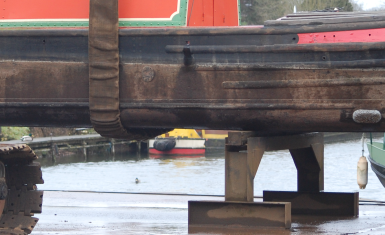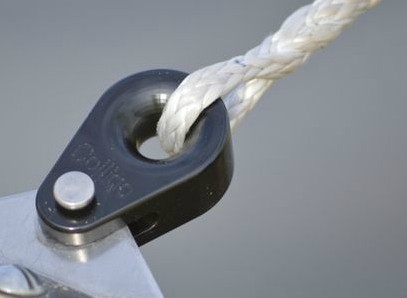
Feature article written by Alan Broomfield MIIMS, who tackles the thorny subject of overplating on steel hulled vessels, in particular Dutch barges and Narrowboats.
It is common practice when in the field surveying steel vessels to find mild steel plates welded to the hull, a practice regularly carried out on leisure vessels as a permanent repair. If any defects are found on the shell of a metal boat during a survey, surveyors are all too quick to recommend that the area concerned be overplated. Marine surveyors who deal with steel vessels will find that very often – Dutch barges and canal boats in particular – are frequently heavily overplated and should remember at all times that such overplating does NOT constitute a repair. It merely hides the defect.










